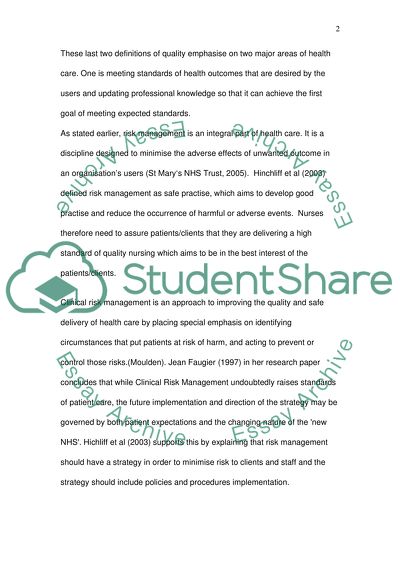Cite this document
(“Quality and Risk Management in Health Care Essay”, n.d.)
Quality and Risk Management in Health Care Essay. Retrieved from https://studentshare.org/health-sciences-medicine/1509690-quality-and-risk-management-in-health-care
Quality and Risk Management in Health Care Essay. Retrieved from https://studentshare.org/health-sciences-medicine/1509690-quality-and-risk-management-in-health-care
(Quality and Risk Management in Health Care Essay)
Quality and Risk Management in Health Care Essay. https://studentshare.org/health-sciences-medicine/1509690-quality-and-risk-management-in-health-care.
Quality and Risk Management in Health Care Essay. https://studentshare.org/health-sciences-medicine/1509690-quality-and-risk-management-in-health-care.
“Quality and Risk Management in Health Care Essay”, n.d. https://studentshare.org/health-sciences-medicine/1509690-quality-and-risk-management-in-health-care.


